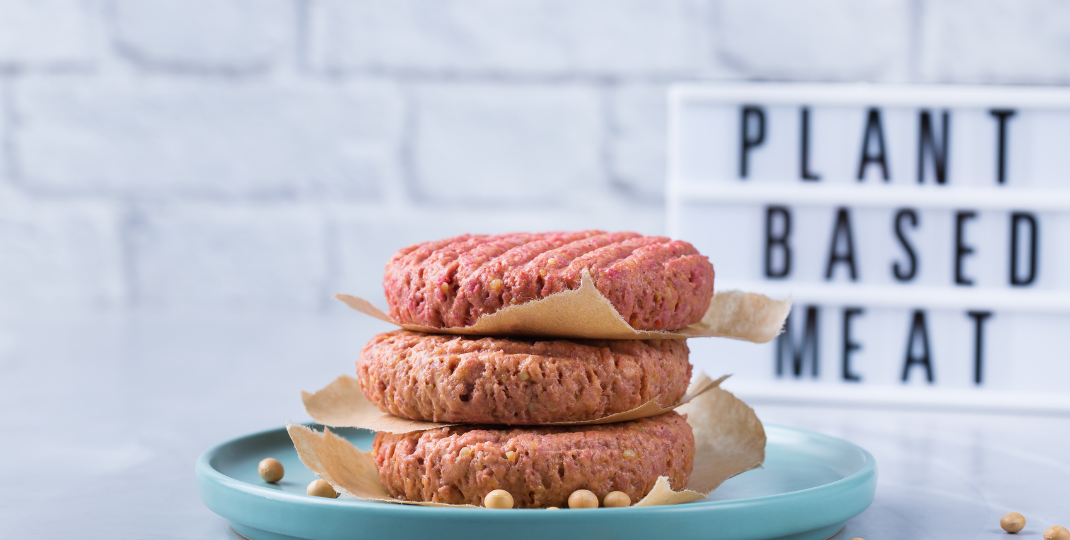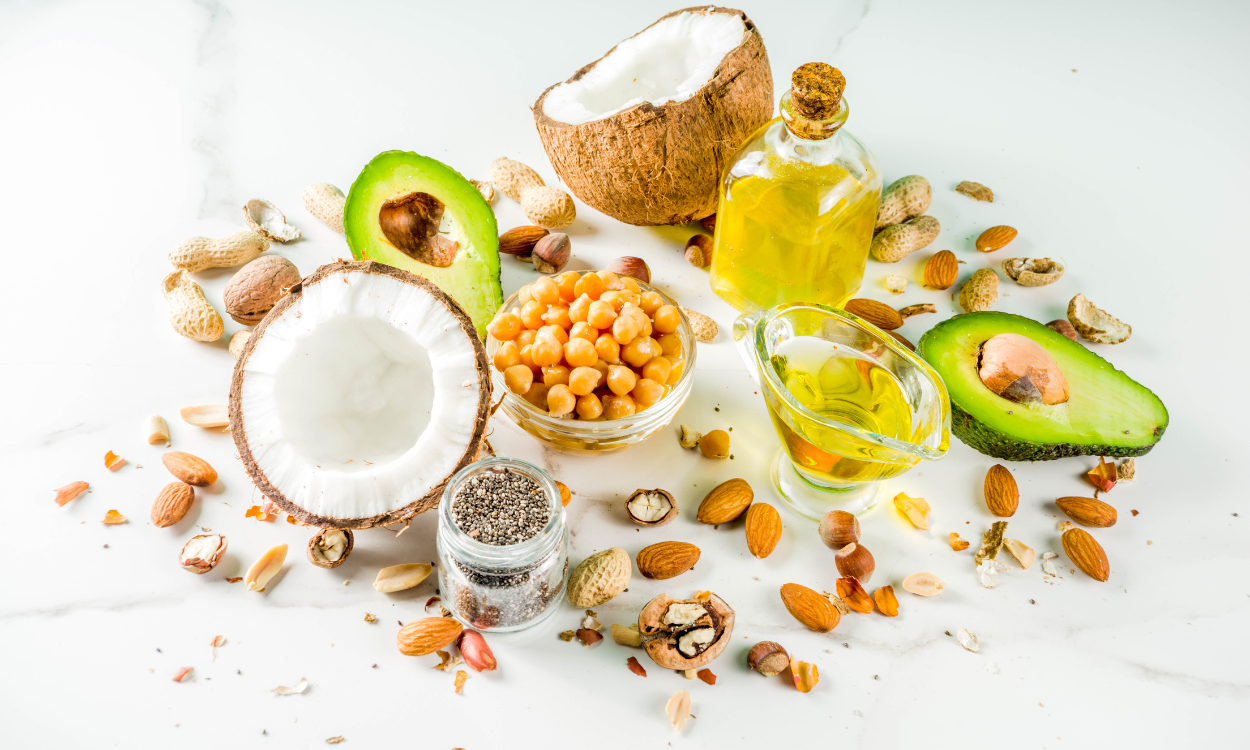Single cell protein (SCP) food is envisaged as the future of sustainable and nutritious food production. As the global population continues to grow, traditional methods of agriculture and livestock farming face challenges in meeting the increasing demand for protein-rich foods. Single cell protein offers a promising solution by harnessing the power of microorganisms to produce high-quality protein in a more efficient and sustainable manner. This futuristic approach not only addresses the pressing issue of food security but also presents opportunities to reduce environmental impact and promote resource conservation. With its potential to revolutionize the food industry, single cell protein food holds great promise in shaping a more sustainable and secure future for global nutrition.

What is Single Cell Protein Food and How is it Produced?
Single cell protein (SCP) food refers to the production of protein-rich food products using microorganisms, such as bacteria, yeast, or algae, which are grown in large-scale fermenters. These microorganisms serve as a source of protein and can be engineered to produce specific nutrients. The production process involves optimizing the growth conditions for the microorganisms, including providing them with suitable substrates, such as sugars or waste materials, and controlling various environmental factors like temperature, pH, and oxygen levels. The microorganisms multiply rapidly, producing biomass that is then harvested and processed into different forms, such as powders or pellets, which can be incorporated into food products. SCP provides an alternative and sustainable source of protein by utilizing renewable resources and reducing dependence on traditional protein sources like livestock.

What are the potential benefits of incorporating single cell protein into our diets?
Incorporating single cell protein into our diets can have several potential benefits. Firstly, it can provide a sustainable and efficient source of protein, as single-cell organisms like yeast, bacteria, and algae can be grown rapidly in controlled environments using minimal resources. This can address the growing global demand for protein while reducing the environmental impact of traditional animal agriculture. Secondly, single cell protein is highly nutritious, containing essential amino acids, vitamins, and minerals. It can offer a viable alternative for people with specific dietary restrictions or those who follow vegetarian or vegan diets. Lastly, incorporating single cell protein into our diets can contribute to food security by diversifying protein sources and increasing availability, especially in regions where traditional protein sources are scarce or expensive.
Are there any safety concerns or potential risks associated with consuming single cell protein?
While single cell protein (SCP) is generally considered safe for consumption, there are a few potential risks and safety concerns associated with it. One concern is the possibility of contamination during the production process, which could introduce harmful substances or pathogens. Additionally, SCP is often produced using genetically modified microorganisms, raising concerns about potential allergenicity or unintended health effects. Furthermore, some studies suggest that certain types of SCP may contain high levels of nucleic acids, which could have adverse effects on human health if consumed in excessive amounts. Therefore, it is crucial to ensure rigorous quality control measures and conduct thorough risk assessments before considering SCP as a viable food source.
How does the nutritional profile of single cell protein compare to traditional food sources?
The nutritional profile of single cell protein (SCP) can vary depending on the source, but overall it compares favorably to traditional food sources. SCP is rich in essential amino acids, vitamins, and minerals, making it a good source of protein. It can also be tailored to have low levels single cell protein food of the future of undesirable components like fat and cholesterol. Additionally, SCP can be produced using sustainable methods and requires less land and water compared to traditional food sources, making it a promising alternative for meeting global protein demands while reducing environmental impact.
What are the environmental implications of scaling up production of single cell protein for mass consumption?

Scaling up production of single cell protein (SCP) for mass consumption has several environmental implications. Firstly, SCP is typically produced using microorganisms that require large amounts of water, energy, and nutrients. This increased demand can put pressure on water resources, contribute to greenhouse gas emissions from energy production, and lead to increased use of fertilizers and pesticides, potentially leading to soil and water pollution. Additionally, the expansion of SCP production may also require the conversion of natural habitats into industrial facilities, further contributing to deforestation and loss of biodiversity. Therefore, careful consideration must be given to mitigating these environmental impacts through sustainable sourcing of inputs, efficient use of resources, and minimizing land use conversion.

How does the taste and texture of single cell protein compare to traditional food sources?
The taste and texture of single cell protein may vary depending on the specific source and production process, but in general, it can be quite different from traditional food sources. Since single cell protein is typically derived from microorganisms like bacteria or fungi, it may not have the same familiar taste and texture as animal or plant-based foods. Single cell proteins can range from a powdery texture to a gel-like consistency, and their taste is often described as neutral or slightly savory. However, with advancements in biotechnology and flavoring techniques, efforts are being made to improve the taste and texture of single cell protein to make it more palatable and acceptable as an alternative protein source.
Are there any regulatory barriers or challenges that need to be addressed before single cell protein can become a mainstream food source?
Before single cell protein can become a mainstream food source, there are indeed regulatory barriers and challenges that need to be addressed. One of the major challenges is obtaining regulatory approval for the safety and quality of single cell protein as a food ingredient. This requires extensive testing and evaluation to ensure that it meets the necessary nutritional requirements and does not pose any health risks. Additionally, there may be regulatory barriers related to labeling and marketing, as single cell protein may be perceived differently by consumers compared to traditional food sources. It is crucial to address these regulatory concerns and establish clear guidelines to promote the widespread acceptance and adoption of single cell protein as a viable and sustainable food source.

How will the production and consumption of single cell protein impact traditional agriculture and livestock industries?

The production and consumption of single-cell protein (SCP) has the potential to significantly impact traditional agriculture and livestock industries. SCP can be produced using microorganisms, such as bacteria or yeast, which can efficiently convert various organic materials into protein-rich products. This alternative protein source can reduce the reliance on traditional livestock farming and the associated environmental impacts, such as land use, water consumption, and greenhouse gas emissions. Additionally, SCP production can occur in controlled environments, eliminating the need for extensive agricultural land and reducing the risk of diseases commonly found in livestock. However, the widespread adoption of SCP may also disrupt traditional livestock industries, leading to job losses and economic implications for farmers and related sectors. Overall, while SCP offers a promising solution to address the growing global demand for protein, its impact on traditional agriculture and livestock industries will largely depend on the rate of adoption and effective transition strategies implemented.
The Future of Food: Single Cell Protein - A Sustainable Solution
In conclusion, single cell protein food has the potential to revolutionize the future of our food system. With its ability to be produced efficiently and sustainably, it offers a promising solution to address the challenges of increasing global population and limited resources. These protein-rich alternatives have shown great promise in providing a nutritious and scalable food source that can be tailored to meet various dietary preferences and restrictions. Moreover, the production of single cell protein significantly reduces the environmental footprint associated with traditional livestock farming. As we continue to explore and develop this innovative technology, single cell protein food holds immense promise in transforming the way we feed ourselves and creating a more sustainable and resilient food future.
